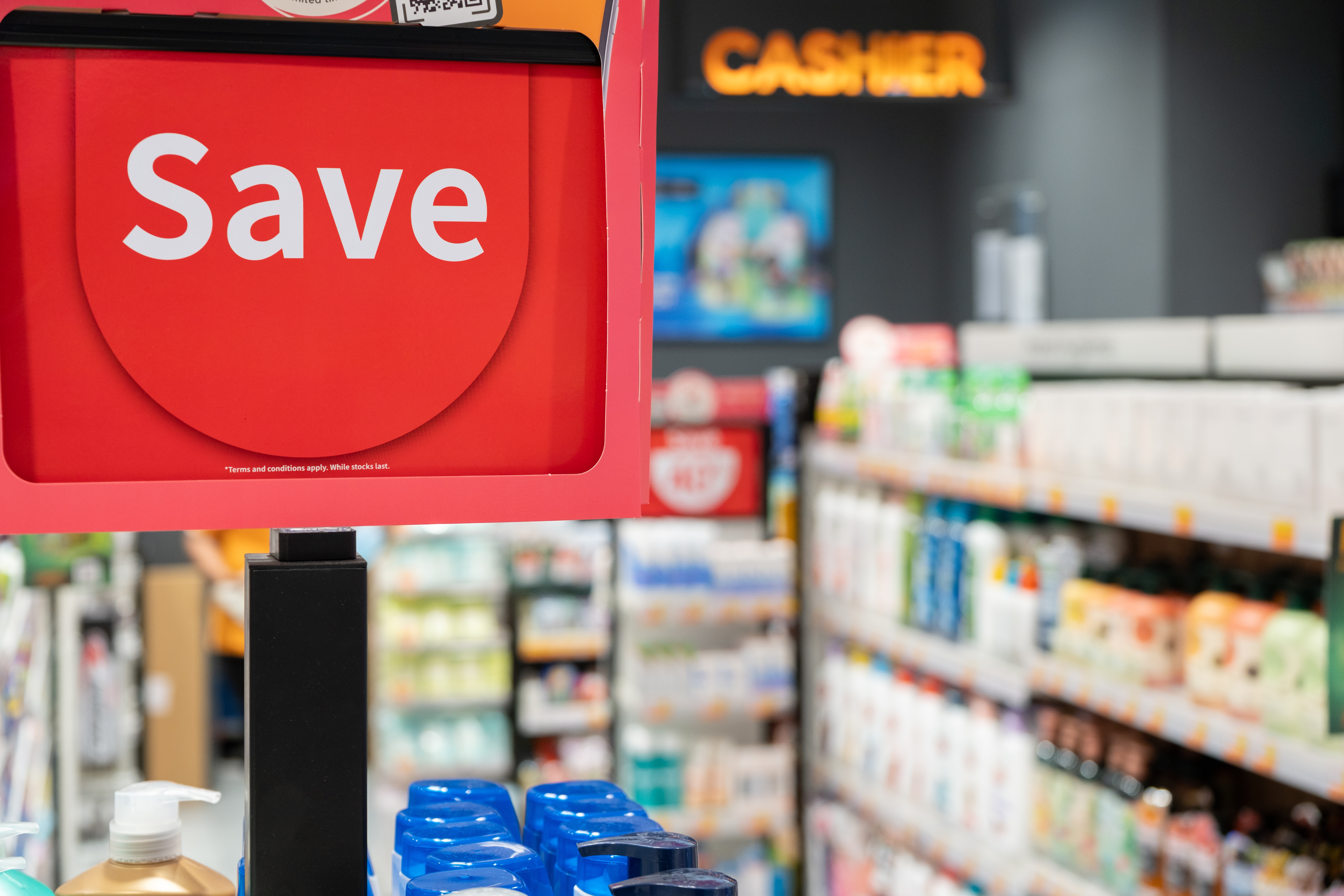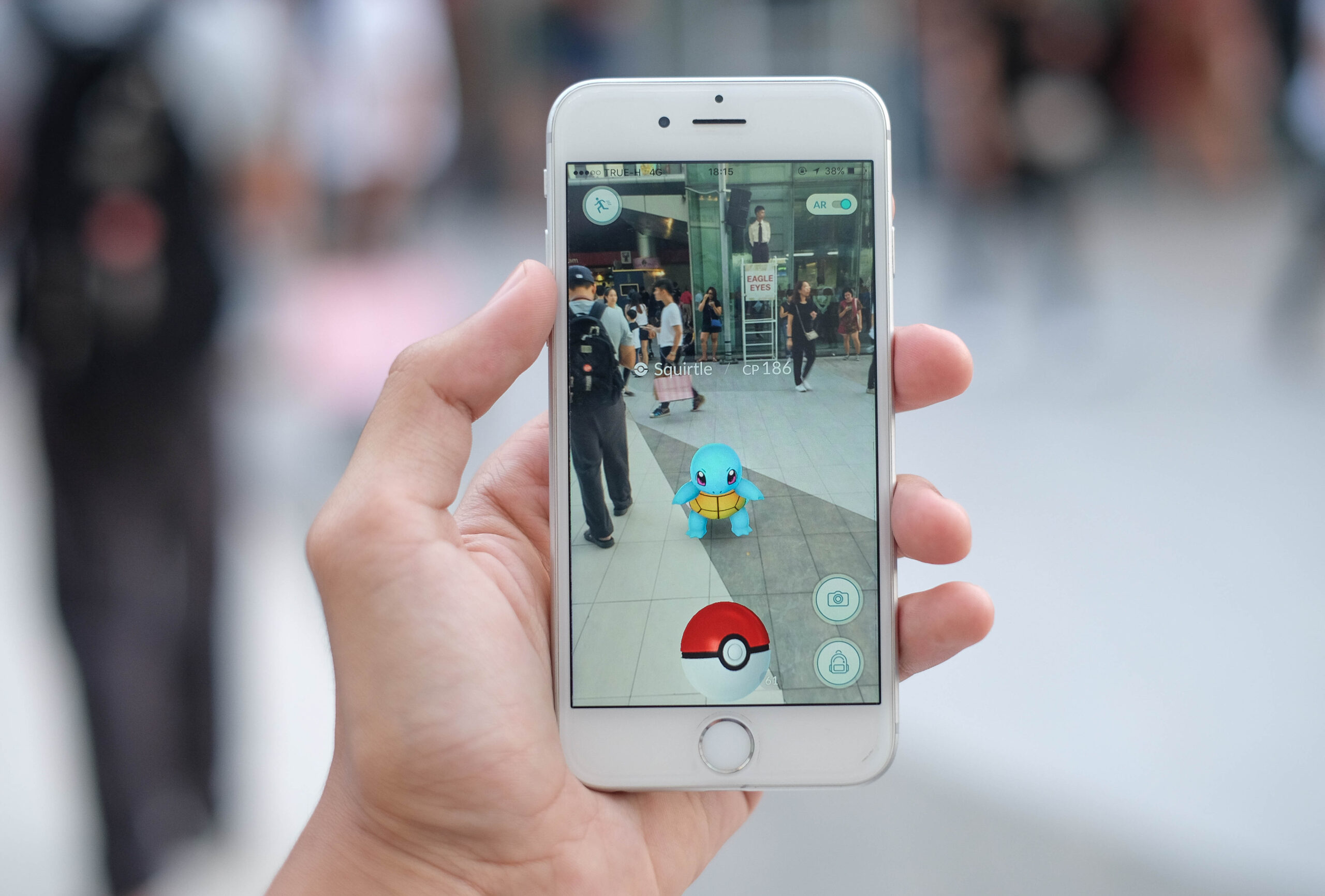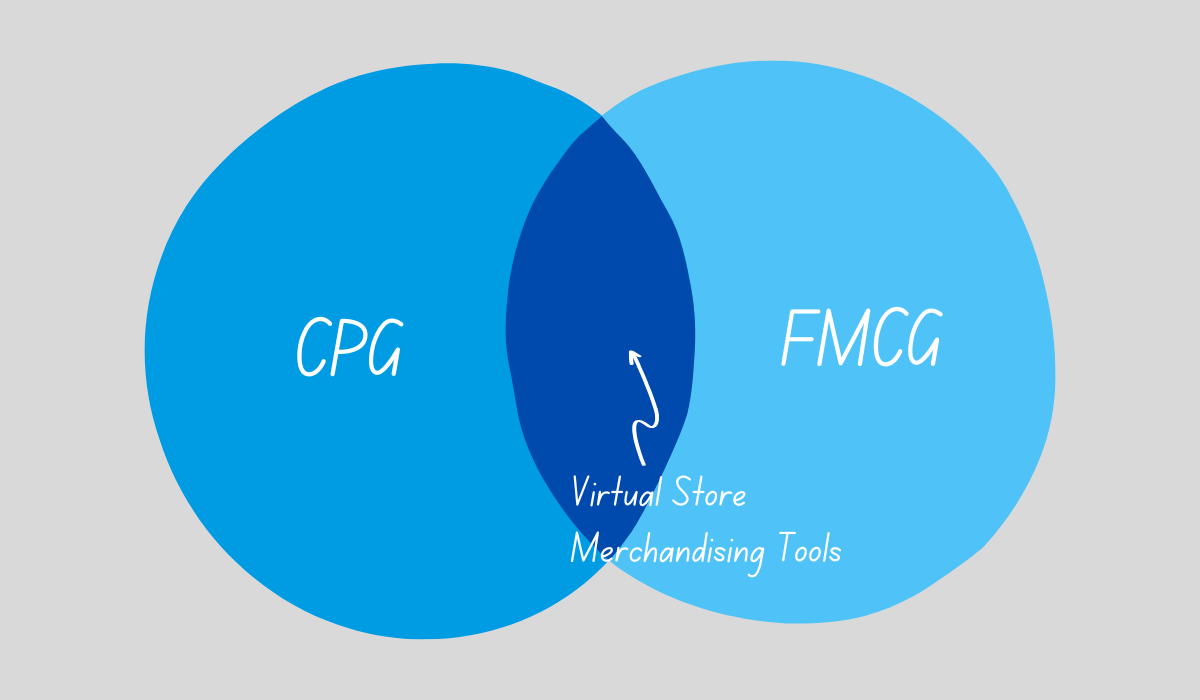If the fast-moving, competitive retail landscape wasn’t already challenging enough, the global pandemic made sure to throw a wrench into any stability brands were feeling. So in addition to grappling with the best way to continue serving their customers, retailers and manufacturers are also trying to future-proof their businesses. Which means focusing even more on the bottom line.
Of course, cost savings is a top priority for any business. We talk about that here on our blog, and when we chat with our customers about their biggest business challenges. So we thought we’d focus on one of the greatest benefits of using virtual to visualize and test retail concepts—cutting costs while simultaneously becoming a more digitally and technologically driven organization.
5 Cost-Saving Benefits of Virtual
1. Eliminate Risk
The monetary risks involved with bringing a concept to market can be daunting. If a new product fails to get noticed on the shelf, or a display concept falls flat, brands can lose thousands—often hundreds of thousands—of dollars in labor, manufacturing, and sales.
Visualizing and testing those same concepts in a virtual twin of a retail store allows teams to understand what shoppers will experience, without creating anything in the physical world. By mining insights into shopper behavior and attitudes in a virtual space, teams can then have the flexibility to make changes, experiment with other concepts, or go back to the drawing board without making heavy investments.
2. Get to Market Faster
Time is money, right? While it would be great to have all the time in the world to conceptualize and test in-store ideas, budgets are limited and the space is moving far too fast anyway. Virtual simulations allow retail and brand teams to act quickly—without sacrificing quality insights. That’s because fielding a virtual study can be done in less time, with respondents doing their shopping exercises from the comfort of their home computers.
That behavioral data, along with attitudinal insights from online surveys following their trip missions, provides teams a fast and accurate way to learn how shoppers will react to your concept.
3. Less Travel
There’s a global pandemic going on right now, which means travel, especially business travel, has taken a big hit. In the place of physical meetings, digital everything has taken over: video conferencing, e-signatures, webcasts, virtual events. So virtual retail solutions have been uniquely positioned to replace the in-person aspects of retail planning.
But even prior to the COVID-19 health crisis, travel was a large part of company budgets, and cutting travel costs where possible was often necessary. Our customers have seen huge cost-savings by reducing their need for in-person store testing and walk-throughs. Plus, selling in concepts to retail partners is just a click of a 3D video away.
4. Virtual Prototyping
New packaging designs, new marketing displays, new signage: these are all aspects of in-store planning that cost money to develop. So what if instead of creating physical prototypes to test their effectiveness and noticeability on shoppers, you could do it all in virtual? One brand had 17 different concepts for a new product they wanted to test. Instead of physical prototyping and creating each one in the real world, they leveraged virtual, and saved hundreds of thousands of dollars in the process.
5. Borderless Innovation
Mock stores and innovation centers are great. They provide as realistic of a space as you can get to ideate on new in-store concepts. But, they come with a price. They are large, they are expensive to make changes to, and they require in-person interaction. Conversely, virtual innovation centers are just that—a space that exists only in a digital world, where changes are infinite, testing is done remotely, and ideas come to live, in hyper-realistic 3D visuals. No warehouse lease required.
To put it plainly, investing in a digital strategy can worry decision-makers about the cost of implementing that change. But often it’s staying the same that ends up harming the bottom line.
To download the PDF, click below:






